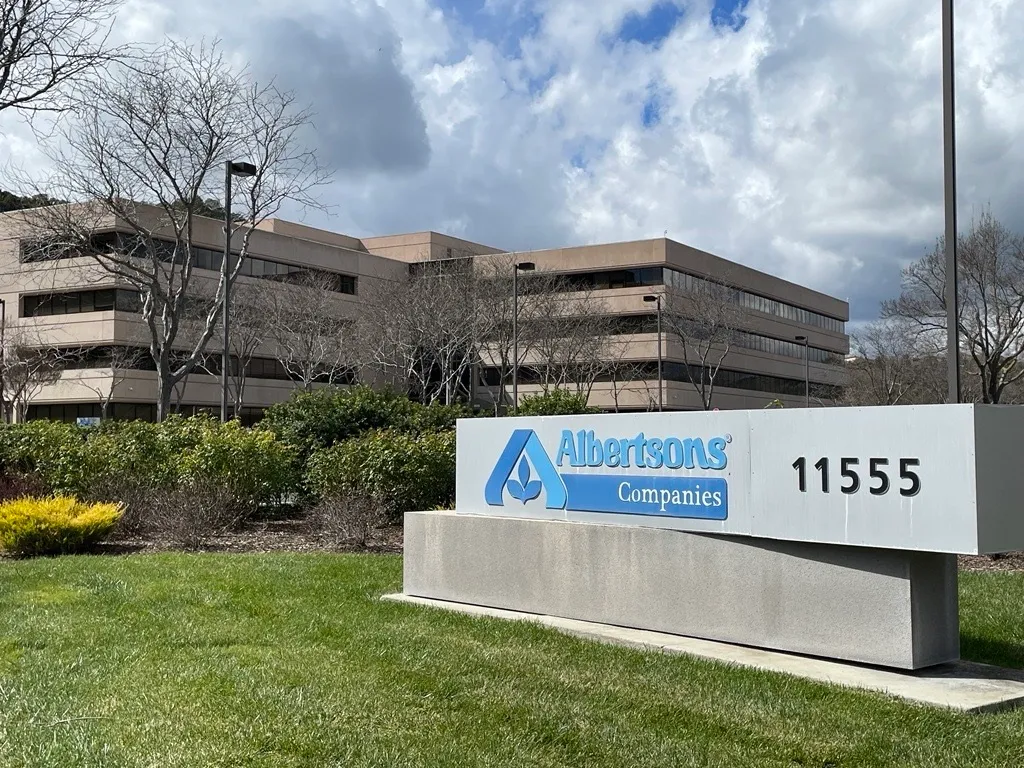Returns are a touchy subject. When a famous and well-loved retailer, known for its iconic footwear, flannel products and liberal return policies, announced a few years back that it was tightening returns policies, it attracted considerable media attention. The media coverage was primarily negative, and upset consumers lambasted the retailer on social media.
 Despite the pressure and brand hit, the retailer kept to its plans and explained how much money it costs to handle returns. Eventually, the backlash died out among social media followers, and a general feeling of “we are upset, but we get it” prevailed. This experience shows how sensitive every retail stakeholder is towards returns.
Despite the pressure and brand hit, the retailer kept to its plans and explained how much money it costs to handle returns. Eventually, the backlash died out among social media followers, and a general feeling of “we are upset, but we get it” prevailed. This experience shows how sensitive every retail stakeholder is towards returns.
In times of crisis, look for opportunity. This famous line, paraphrased from a speech by President John F. Kennedy, can be applied to the retail industry and the issue of returns.
According to the National Retail Federation, $816 billion of merchandise was returned in 2022. Despite the recent attention, generous product returns policies have always been prevalent in retail, especially in the apparel, footwear and soft goods categories. Changing policies and boosting return efficiencies are band-aid solutions that ignore the core problem: The return volume must be lowered.
When confronted with returns, most people gravitate towards the management of returns rather than their reduction. That’s because the returns process kicks into gear when a consumer no longer wants a product. Like theft, breakage and other forms of shrink, returns are considered a cost that can be contained by optimizing returns management or reverse logistics.
As with any process, optimizing returns management occurs by throwing more money, expertise and technology at it. Yet, the underlying approaches are the same:
• Pull cost from the reverse logistics process.
• Find creative ways to pass costs on to consumers.
• Create new methods to re-commerce the returns.
• Convince both consumers and retailers that returns benefit the shopping and brand experience.
While practical in preventing consumer revolt and chaos, there are sounder approaches to retail’s near trillion-dollar return problem.
Trying to fix the returns problem after the consumer has decided to return an item is counter intuitive. Only so much cost can be contained, only some things can be resold, and no matter how anyone spins it, consumers would rather not have to return anything. In short, the only stakeholders that benefit from the sale-return cycle are the companies that manage the logistics of returns.
From a sustainability perspective, many stakeholder groups (most notably, investors) are pressuring corporations to lessen their operation’s environmental impact. While there is a great deal of confusion in the business world regarding ESG (environmental, social and corporate governance practices) there is no doubt that returns leave an enormous footprint. From transportation alone, retail produces 27 million metric tons of carbon dioxide annually.
After closely examining the factors driving high rates of return, a method that identifies and removes the conditions that cause returns will be exponentially more effective than optimizing reverse logistics.
In reality, retailers, suppliers and consumers all play a role in increasing returns. All three sources must be addressed if the industry hopes to reduce these untenable rates.
Suppliers may mislabel a product sent to the retailer setting off a chain of events that leads to a return. There could be a mis-pick at the retailer’s fulfillment center or poor packaging resulting in a damaged item. And the consumer may make a purchasing decision with minimal thought to the costs associated with a return, whether to themselves, the environment or society at large.
The solution lies not in human manipulation or in minimizing the cost of reverse logistics but in preventive technology.
AI and advanced analytics can identify the root cause of returns and prescribe measures to mitigate returns before they occur. Predictive and prescriptive analytics integrate millions of enterprisewide data points to analyze product, transactional and consumer feedback to detect anomalies and diagnose the root causes. These technologies are the next evolution in reducing returns and improving retailers’ bottom line. Reducing returns by as little as 10% can result in millions of dollars of savings.
Taking the initiative on returns — preventing them before they happen — will yield positive business outcomes, build consumer trust and improve alignment with sustainability goals. These outputs are an all-around win for the industry, consumers and the environment with less cost, less waste and an overall better retail experience.
Navjit Bhasin is founder and chief executive officer of Newmine, developer of Chief Returns Officer, the Returns Reduction Platform.





